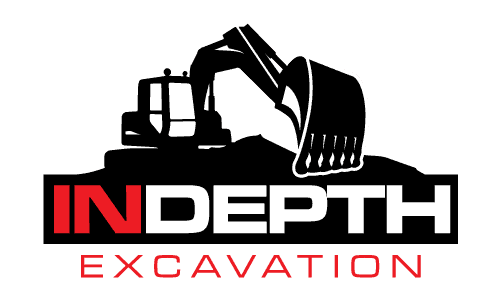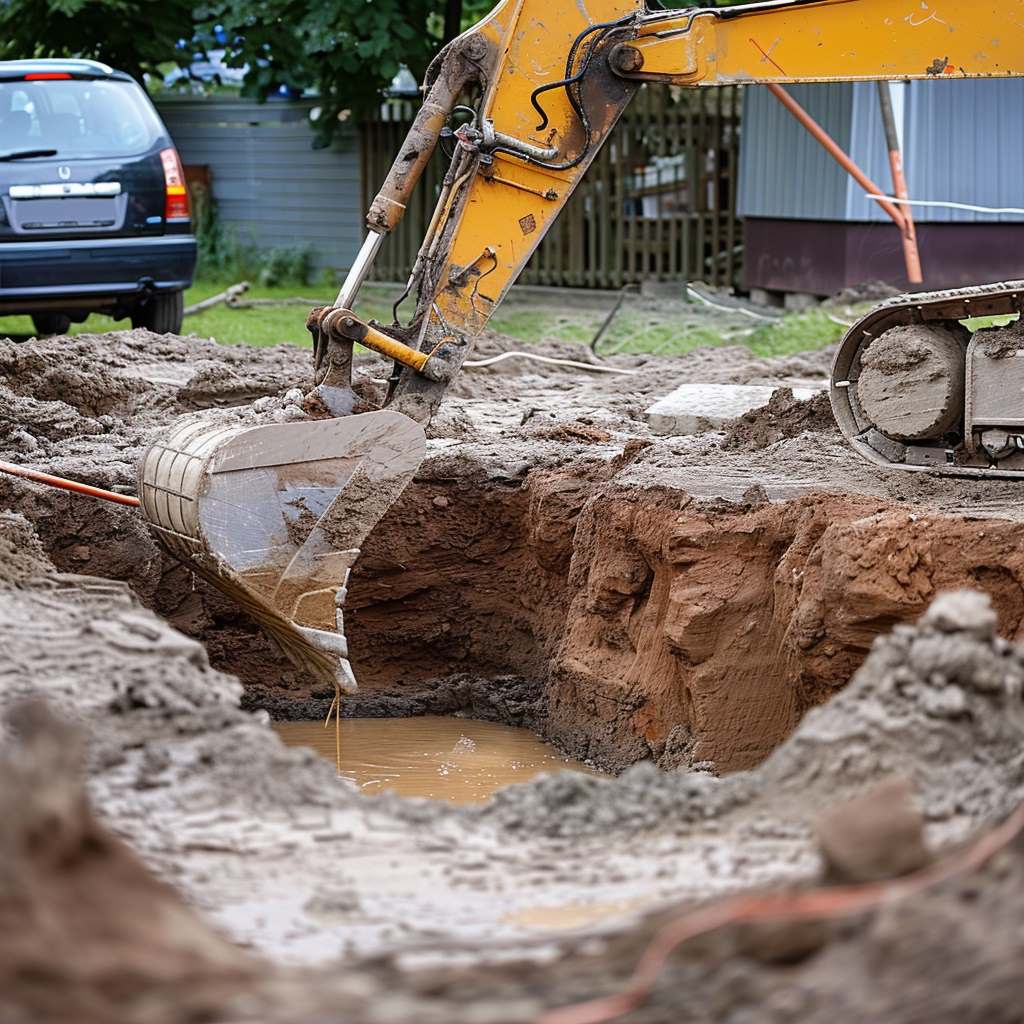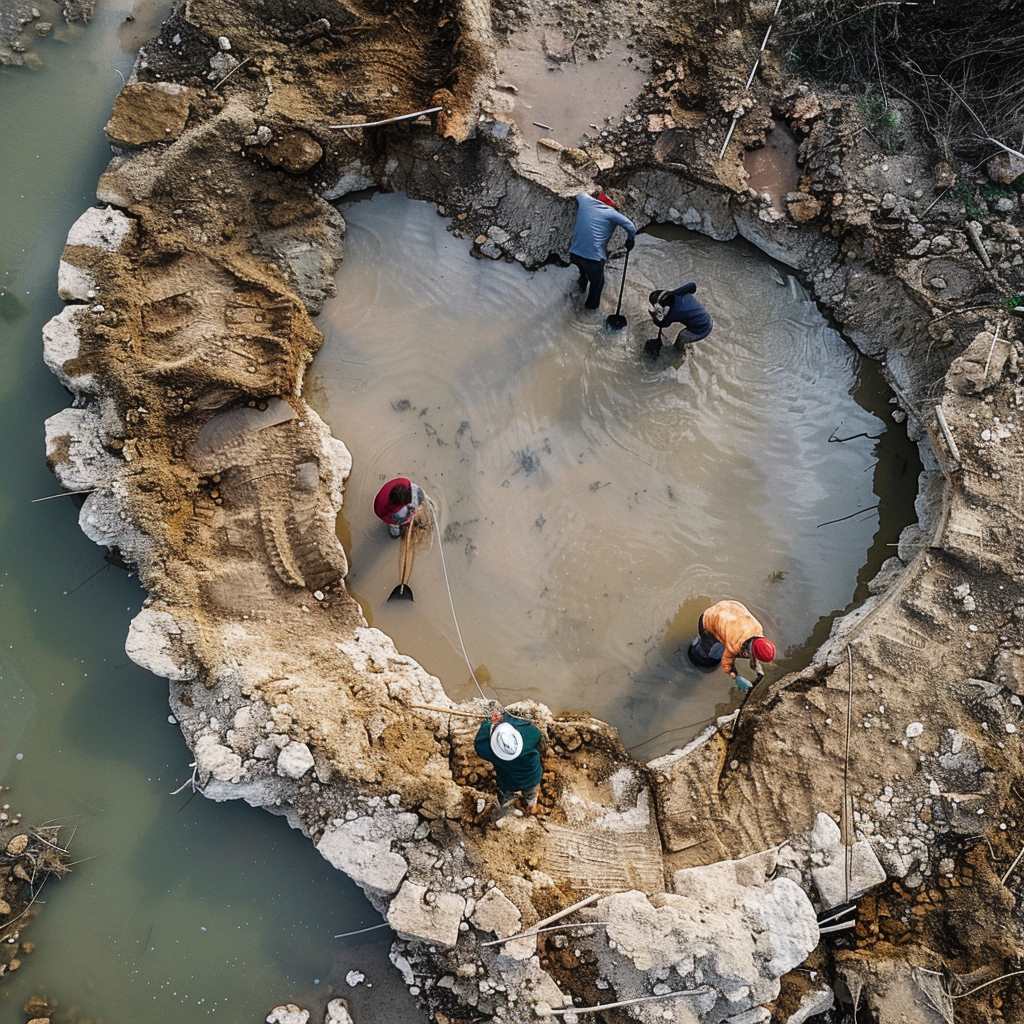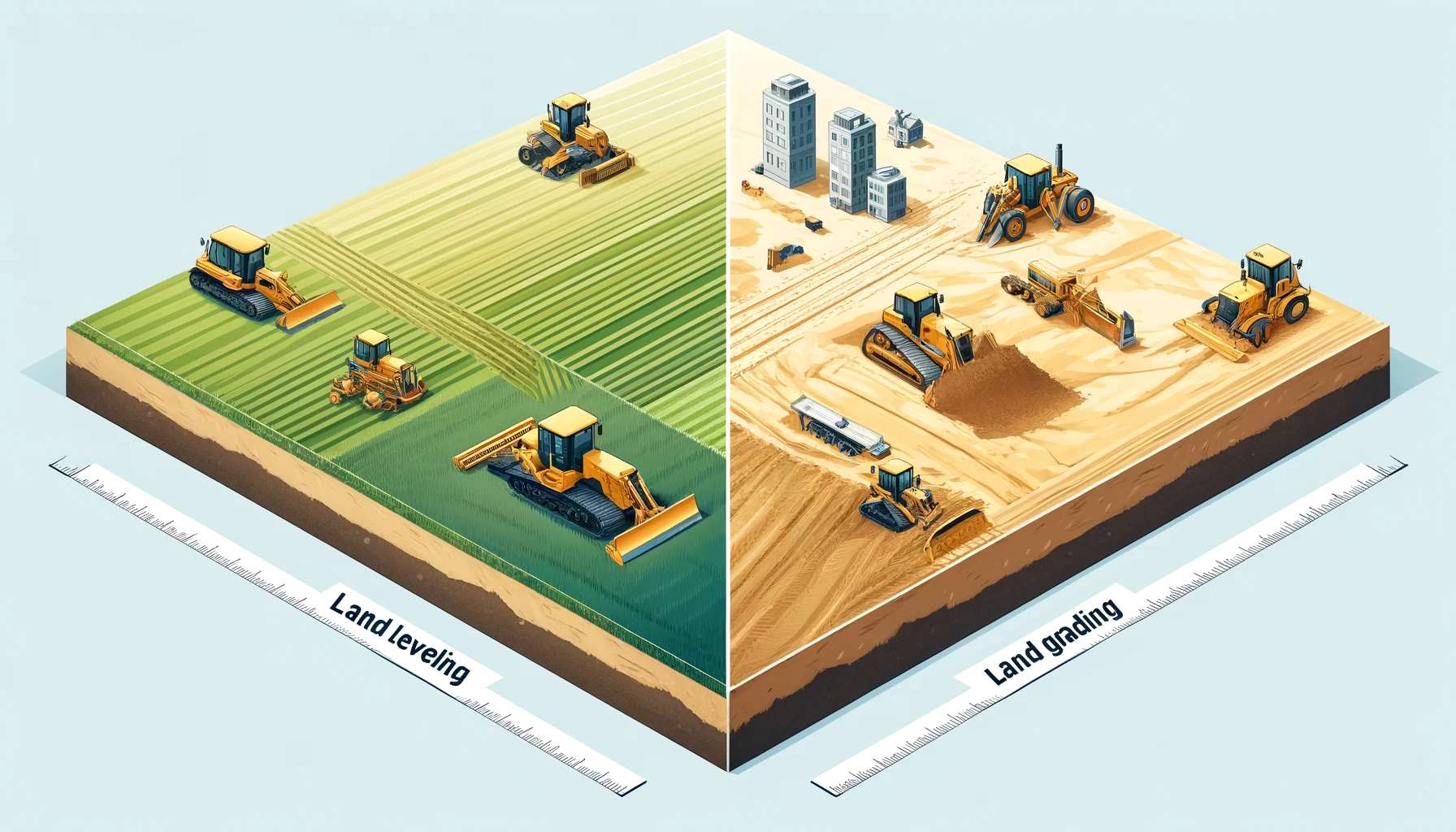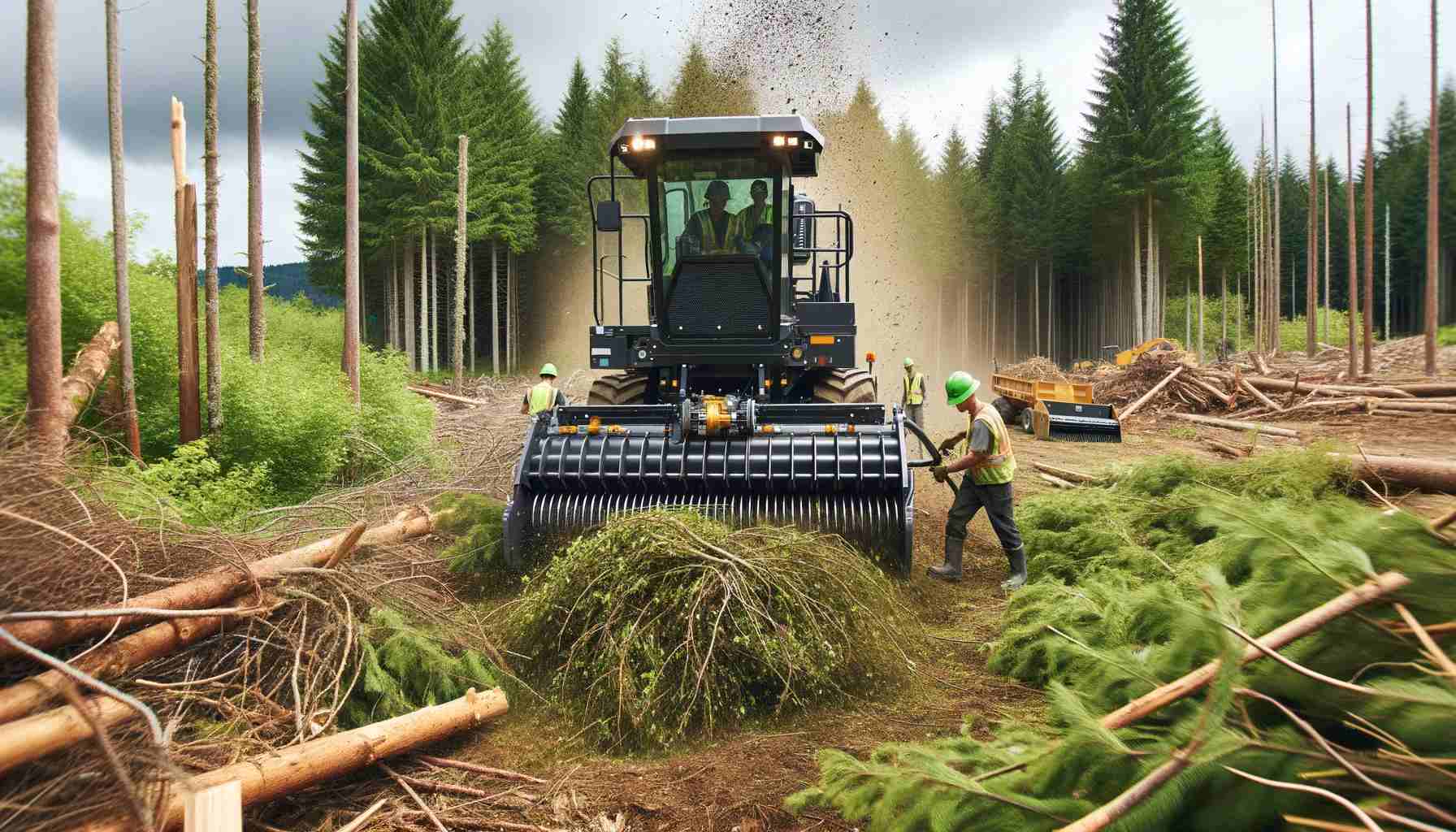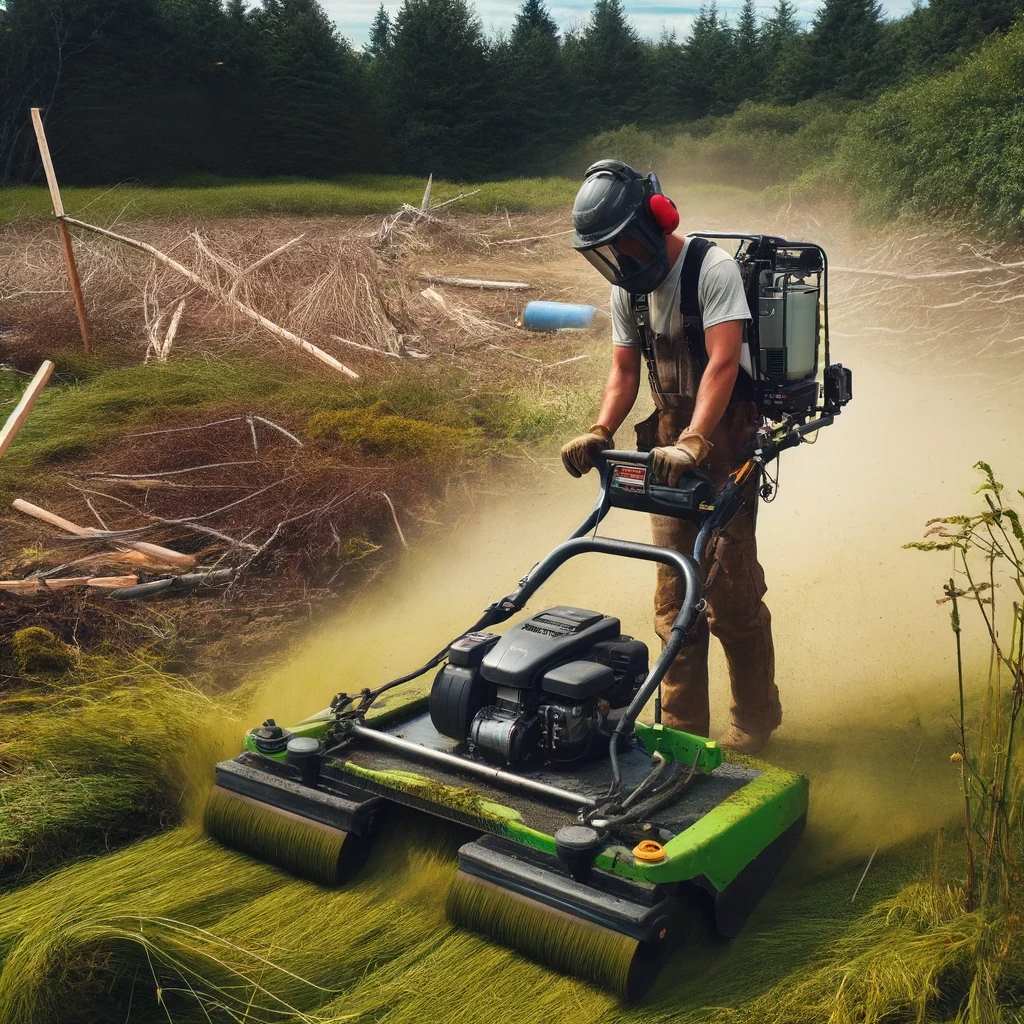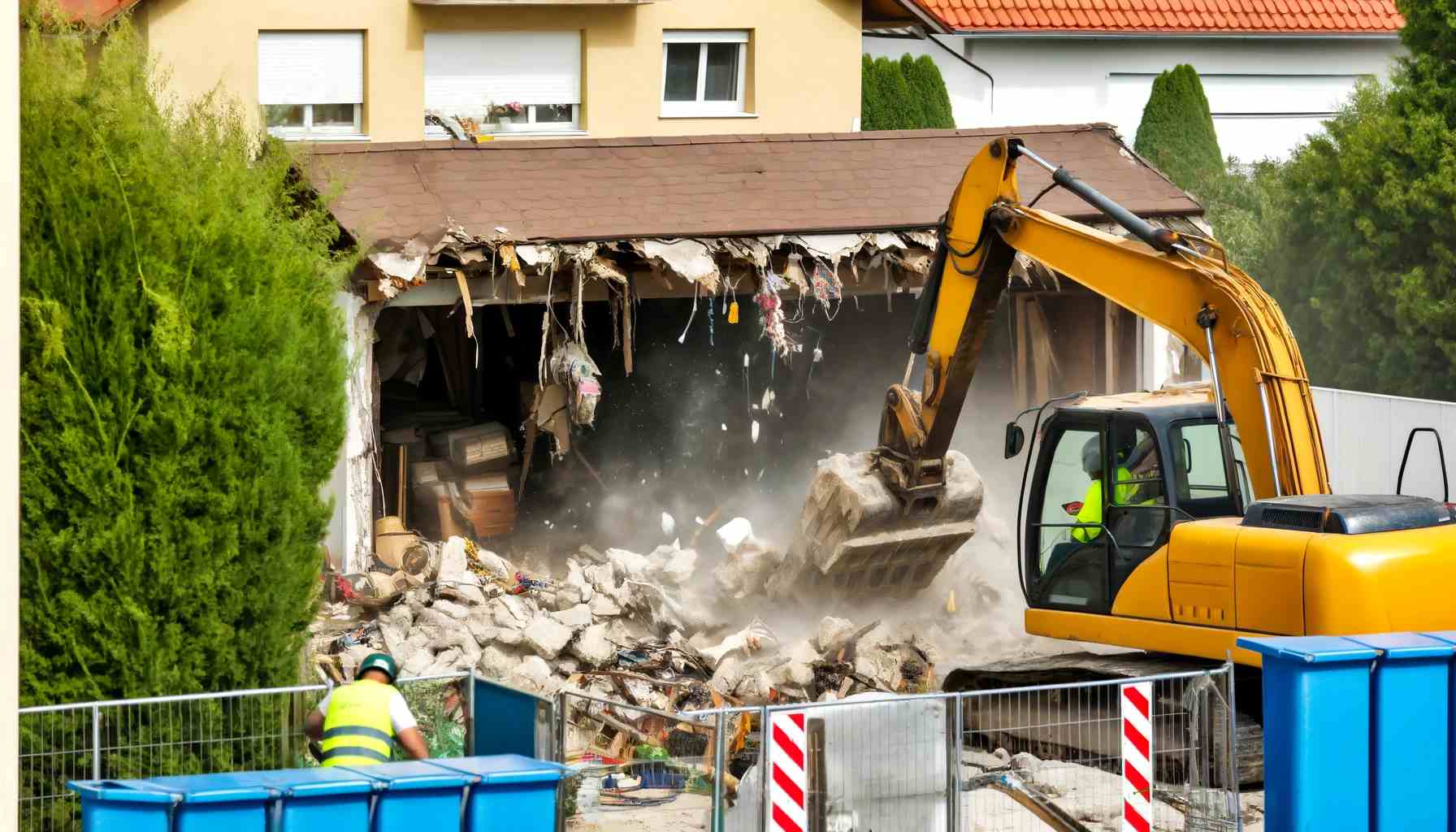When it comes to construction projects that involve trench excavation, having a solid understanding of trench digging fundamentals is crucial. Contractors can ensure efficient and safe trenching by mastering the proper techniques, equipment usage, and safety measures. In this article, we will explore the key details of trench digging fundamentals to help you enhance your knowledge in this important area.
Key Takeaways:
-
- Trench digging fundamentals are essential for construction projects involving trench excavation.
-
- Understanding proper techniques, equipment usage, and safety measures is crucial for efficient and safe trenching.
-
- Key sources to refer to: “First source:” and “Third source:”.
-
- Stay tuned to learn more about the trench-digging process and tips for efficient trenching.
The Trench Digging Process: From Site Survey to Final Testing
Proper trenching methods are crucial to ensure the success of any construction project. The trench-digging process involves a series of essential steps that must be followed meticulously. Here, we break down the process into four key phases:

1. Site Survey and Planning
The first step in the trench-digging process is conducting a thorough site survey. This involves assessing the terrain, soil composition, and potential obstacles or hazards. By understanding the site conditions, contractors can plan the trench route and determine the necessary depth and width. Proper planning helps to avoid costly delays and ensures the safety of workers and the surrounding environment.
2. Excavation and Clearing
Once the site survey is complete, the excavation phase begins. Heavy machinery such as excavators and backhoes are used to dig the trench according to the predetermined dimensions. During this phase, the clearing of debris and excess soil is crucial to maintaining a clean and safe work environment. Any obstructions or utility lines must be identified and carefully avoided to prevent damage or accidents.
We’ve covered Land Clearing Here if you’re interested in learning more about the importance of this matter.
3. Installing Support Systems
To ensure the stability of the trench, support systems such as shoring or trench boxes may need to be installed. These systems minimize the risk of cave-ins and provide additional safety for workers operating within the trench. It is essential to follow proper installation procedures and meet the required safety standards to protect workers and maintain the integrity of the trench.
4. Testing and Backfilling
Finally, the trench is tested to meet the required specifications and regulations. This may involve conducting pressure tests, inspecting for leaks, or verifying proper compaction. Once the trench passes the necessary tests, it can be backfilled with soil, compacted, and restored to its original state. Proper backfilling techniques help to prevent settling and ensure the long-term stability of the trench.
| Phase | Description |
|---|---|
| Site Survey and Planning | Assess the site conditions, plan the trench route, and determine depth and width. |
| Excavation and Clearing | Use heavy machinery to dig the trench and clear debris and excess soil. |
| Installing Support Systems | Install shoring or trench boxes to ensure the stability and safety of the trench. |
| Testing and Backfilling | Conduct tests to verify trench specifications and regulations, then backfill and restore the trench. |
By following the proper trenching methods outlined in each phase of the trench-digging process, contractors can ensure a smooth and successful excavation. It is crucial to prioritize safety, adhere to regulations, and employ the right equipment to minimize risks and achieve the desired results.

Tips for Efficient Trench Digging
Efficient trench digging is crucial for construction projects to stay on schedule and within budget. By following trenching best practices and utilizing efficient trenching techniques, contractors can optimize workflow and achieve successful outcomes. Here are some valuable tips to consider:
Maintain Proper Equipment
Using the right trench-digging equipment can significantly increase productivity and efficiency. Make sure to select equipment that is suitable for the specific soil type and depth of the trench. Regularly inspect and maintain the equipment to prevent breakdowns and delays. Investing in high-quality tools and machinery will pay off in the long run.
Plan Ahead
Prioritize careful planning before starting any trenching project. Conduct a thorough site survey to identify potential obstacles or hazards that may impact the excavation process. Create a detailed plan that includes the trench dimensions, depth, and required safety measures. This will help streamline the digging process and minimize any unexpected issues.
Prioritize Safety
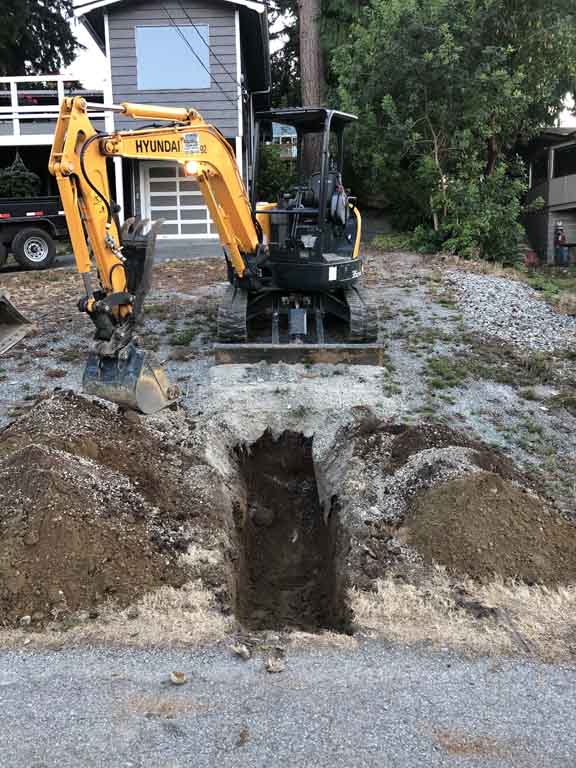
Ensuring the safety of workers is paramount when it comes to trench digging. Follow all safety regulations and guidelines to prevent accidents and injuries. Provide proper training to the crew on trench excavation safety procedures, including the use of protective gear and the importance of trench shoring. Regularly inspect the trench for stability and monitor the surrounding area for any signs of potential collapse.
Implementing these tips will help contractors achieve efficient trench digging, resulting in improved productivity and overall project success.
| Trench Digging Tips | Trenching Best Practices | Efficient Trenching Techniques |
|---|---|---|
| Use proper equipment | Plan ahead | Follow safety guidelines |
| Regularly maintain equipment | Conduct a site survey | Provide proper training |
| Consider soil type and depth | Create a detailed plan | Monitor trench stability |
Our In-depth blog gives a broad overview of the importance of safety during excavation, and the proper steps to take during projects, in our blog How Can Excavation Hazards Be Prevented?
Conclusion
In conclusion, mastering the basics of trench digging fundamentals is crucial for achieving success in any construction project. By following proper trenching methods, implementing best practices, and prioritizing safety, contractors can ensure efficient and safe trenching.
Planning and obtaining necessary permits are essential steps to optimize workflow and adhere to proper trenching methods. The use of efficient trenching techniques, along with the right equipment, can greatly enhance productivity and contribute to the overall success of the project.
It is important to remember that trenching best practices should always be followed to minimize risks and ensure a safe working environment. Contractors should prioritize safety protocols, including proper shoring and sloping, regular inspections, and training for workers involved in the trenching process.
With a strong foundation in trench digging fundamentals and adherence to proper trenching methods, contractors can confidently tackle excavation projects, knowing that they are optimizing efficiency, minimizing risks, and achieving the desired results.
Source Links
FAQ for Trench Digging Fundamentals
Trench digging fundamentals in construction encompass essential techniques, the appropriate use of equipment, and adherence to safety measures. These fundamentals are crucial for efficient and safe trench excavation in various construction projects.
The trench-digging process involves several critical steps: beginning with a site survey and planning, followed by excavation and clearing. After that, installing support systems is essential for stability and safety. Finally, the process concludes with testing and backfilling, ensuring the trench meets all specifications and regulations.
To achieve efficient trench digging, it’s important to maintain and use proper equipment, plan thoroughly before commencing, and prioritize safety. This includes understanding soil types, trench dimensions, and implementing best practices for excavation and safety.
Key safety measures include using proper shoring techniques, employing protective equipment like trench boxes and shields, regular inspections of the trench, and ensuring all workers are trained in safety protocols. Adhering to these measures can significantly reduce risks and accidents.
Workflow optimization in trench digging involves clear communication among team members, following proper trenching methods, regular equipment maintenance, and prioritizing safety to prevent delays caused by accidents or equipment failure.
Detailed information and training resources on trench digging and excavation safety can be found at the following links:
